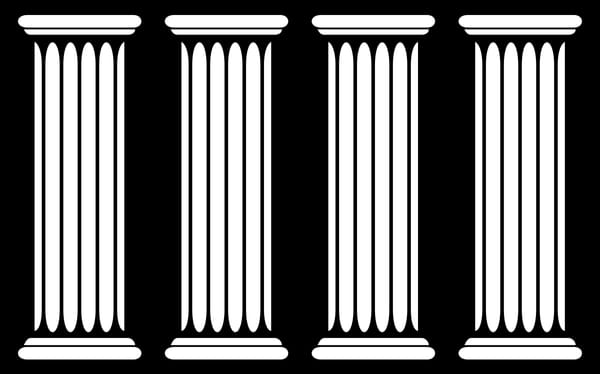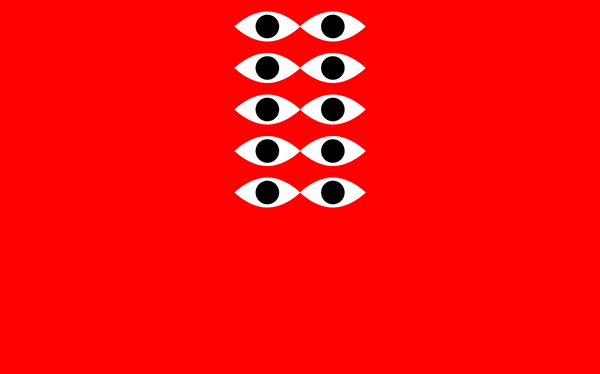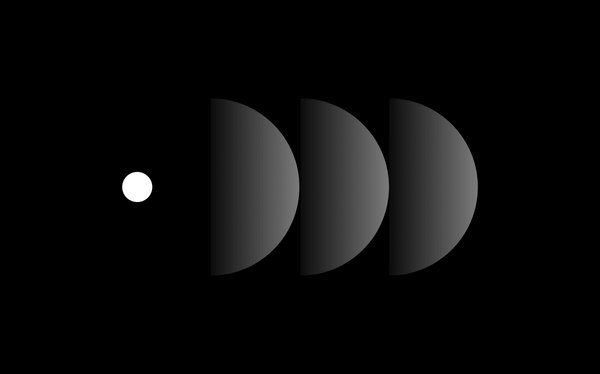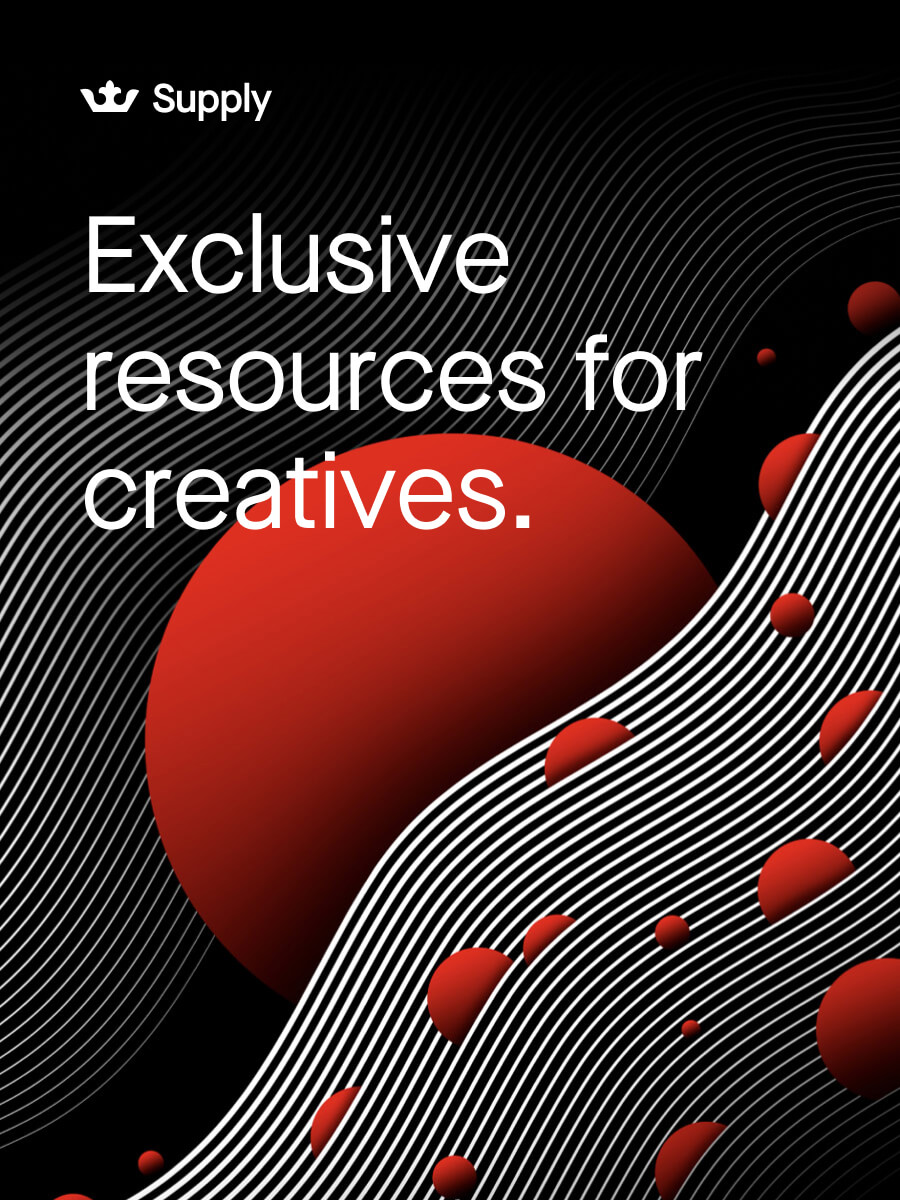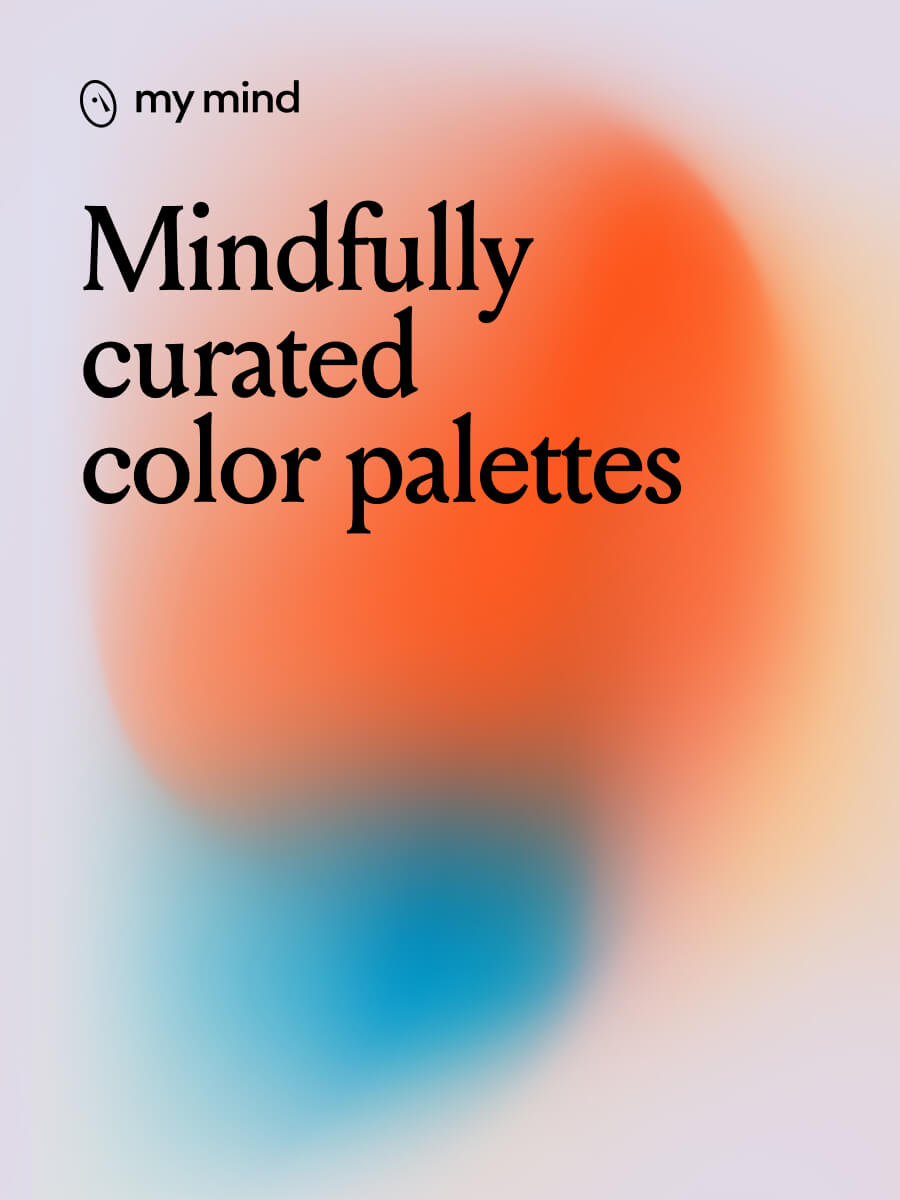Design in Egypt 🇪🇬 featuring Engy Aly
Published
Our latest addition to the Design Around the World series takes us somewhere we've wanted to explore for a while now: Egypt.
I found no shortage of talent when researching designers and studios in Egypt. Engy Aly's name came up more than once. The Cairo-based graphic designer was thankfully willing to talk with us, and so we did: About the overwhelming commerciality of visual culture in Cairo, about the quality of design education, using social media as a Cairene woman and more.
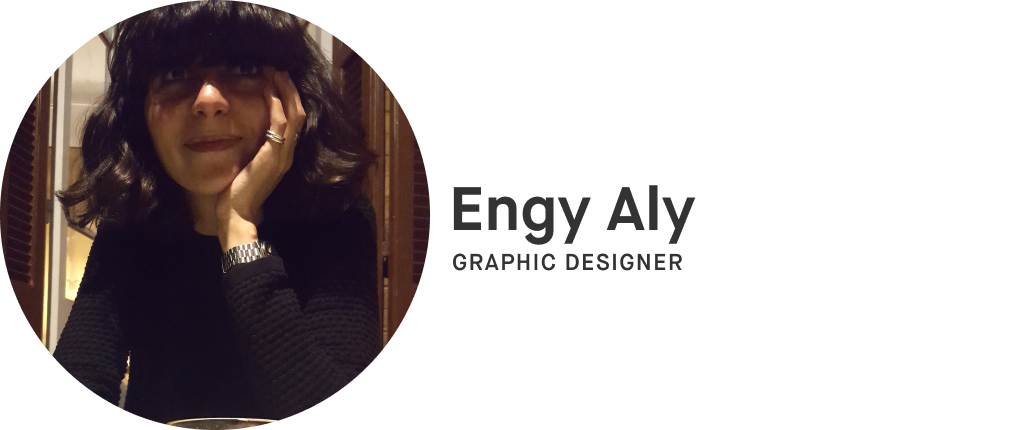
Hey Engy, thanks for doing this with us. First, tell us a little about yourself. How did you get into design and what kind of work do you do?
Thank you for inviting me to do this interview! Well, I’m 37, born and raised in Cairo. I live and work in my home and studio in Heliopolis, north-east of the city. I don’t separate much between life and work so I work in the main living space of the apartment – close to the coffee and the kitchen!
Growing up I’ve always had an interest in visual culture. My parents both studied art and work in architecture and interior design; they have a small studio together. I grew up surrounded by drafting tables, architecture tools, airbrushes and Letraset sheets, a tool I am still especially fond of and work with frequently in my independent project, Life Diagrams. My mum also worked with stained glass for some time. Working with our hands is something we both enjoy a lot.
I first studied graphic design in Cairo, in the early noughties (the early 2000s) at a then newly established design program. After graduation, I mostly worked in "fileclub," an influential and one of the few experimental design studios that existed in Cairo at the time. Sadly they closed around 2009, which is coincidentally also the year I started to work independently. Seven years ago, I felt the need to get out of the city and to go back to school, so I went for an MFA (now MDES) at the Basel School of Design in Basel, a city rich in art and design institutions and museums.
Most of the projects I work on are related to arts and culture, although sometimes I also do some branding work. The past three years I have primarily focused on artist books and publications, partially because more and more artists are interested in using books as a medium. I also love teaching because it is a constant and mutual process of learning and unlearning. I’ve taught different classes at the American University in Cairo as well as sitting on various student thesis presentations and juries in other institutions. Finally, recognizing the pressing need for establishing platforms where a discourse around design can be expressed, I have also started initiating and organizing curatorial design projects.
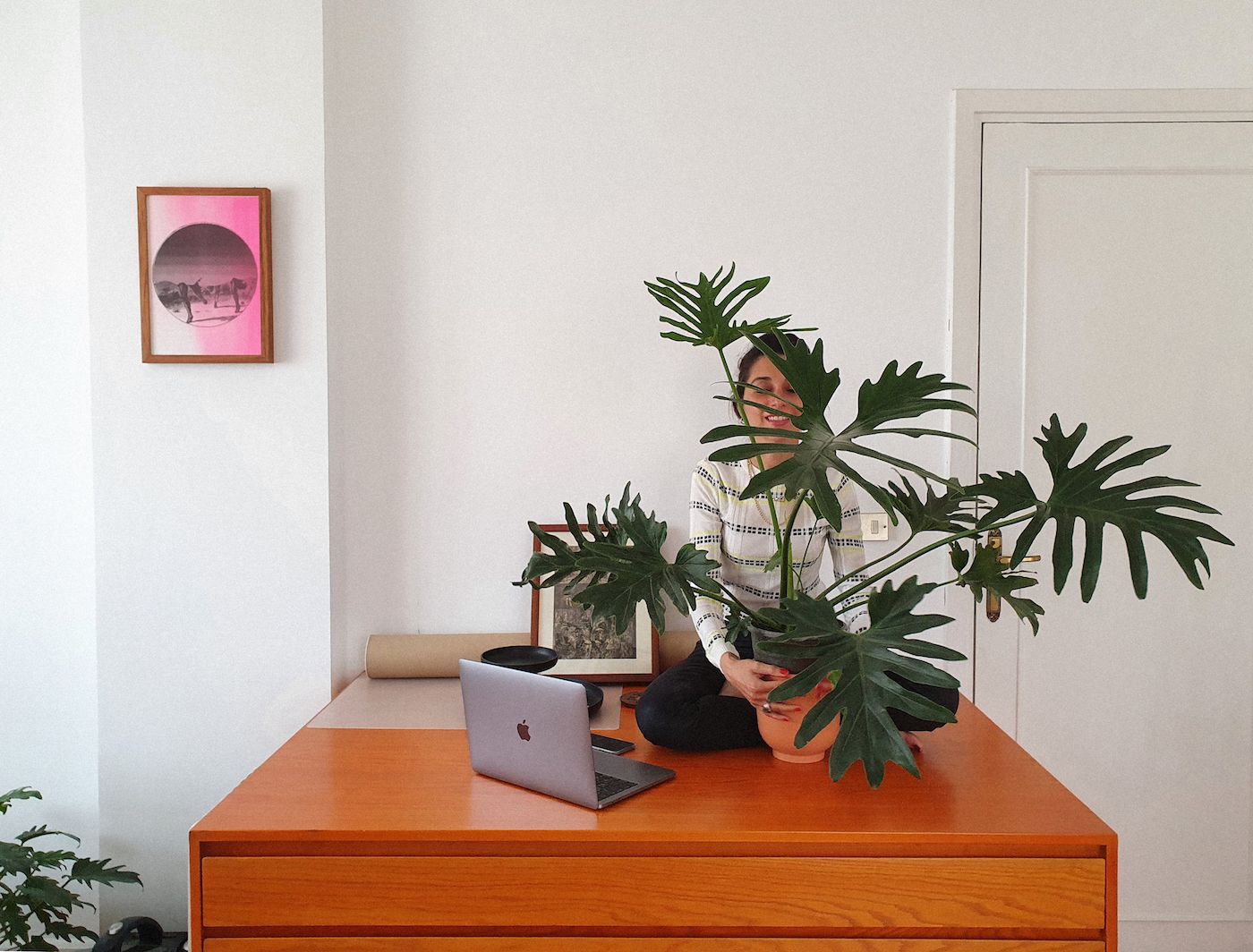
Cairo is considered the center of Egypt’s culture and politics. Have you found a community of likeminded creatives there? Do many platforms and events exist in Cairo / Egypt overall that connect you with other designers?
Cairo is the center of the “battlefield,” true! The city is composed of many different groups and subcultures with different, sometimes intersecting, interests. I can’t say I have a large network of fellow designers that I talk to on a regular basis, but I do have a local circle of “creatives” (I’m not so fond of this word) – artists, writers, designers, makers and educators that I am close to. Unfortunately I don’t spend as much time as I would like to with many of them, because I’m a bit of a house potato.
Platforms are slowly but surely developing. Some might be too commercial for my taste and sadly a couple of the new platforms are completely male-dominated. There is a lack of independent, free-form, non-institutional, experimental constellations which is why I initiated ‘Sporadic Schooling,’ a long term program of happenings that has unfortunately been put on hold because of the pandemic. ‘Sporadic Schooling’ is a pedagogical tool that focuses on developing new models of knowledge production and sharing, by inviting top practitioners in the fields of design, critical theory and museum practice to develop open formats informed by their experiences and perspectives. I look forward to picking it up again when things are more stable.
"Real estate billboards constantly suggest that you are not supposed to feel you are in Cairo anymore. You are now in Paris, in Beverly Hills, on a Greek island."
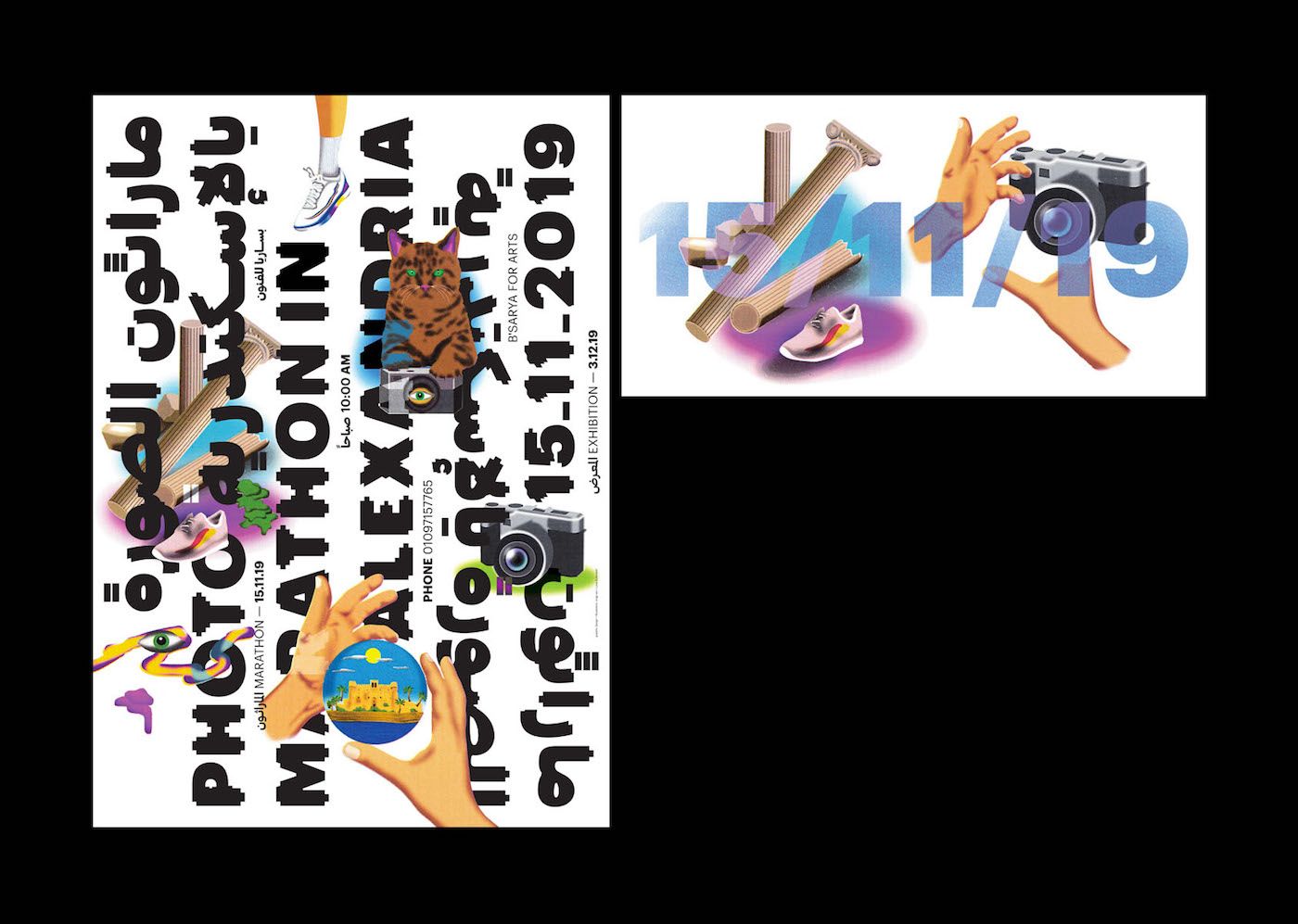
Egyptians are considered the originators of “visual communication design,” from hieroglyphics to the invention of paper to the first use of grids. And I’ve heard the streets of Cairo are vibrant with posters mixed with hand-painted lettering, murals, tiles and colors.
How would you describe the design you see coming from Egypt today? Is it influenced by your culture/history/environment in any way?
Actually the vibrancy and diversity of public visual culture, as well as the sheer quantity of non-commercial visual material, have shrunk significantly over the past few years. It’s not that easy to hang posters on the street anymore. Most institutions are veering toward online posts for announcements of events, since the virtual space offers more safety. This, for me, has also changed my emotional connection to the city. My essay, "The Gradual Disappearance," which I wrote as an introduction to the publication "Delusions and Errors," (2017) discusses this issue.
A large portion of the city’s visual production is commercial advertisement, mostly for real estate developments on the outskirts of the city, and most of these are, frankly, hideous! These advertisements try to speak in a visual language that is intentionally elitist and projects an idealized image of a certain lifestyle as a selling point. Real estate billboards constantly suggest that you are not supposed to feel you are in Cairo anymore. You are now in Paris, in Beverly Hills, on a Greek island. I find this meeting between a perverse concept and the use of a generic visual material grotesque. These are the visuals one actually sees on a daily basis driving around. But on the other hand, there are many designers who do marvelous work, whether in the cultural sector (which is the sector more open to experimentation), the independent scene, or even some entrepreneurial projects that rely on branding, both online and in print.
A large portion of the visual production is influenced by Western design, I think because material, tutorials and other resources are more abundant and accessible. But a lot of new local projects are based on cultural research and are trying to connect more with local material and the surrounding environment.
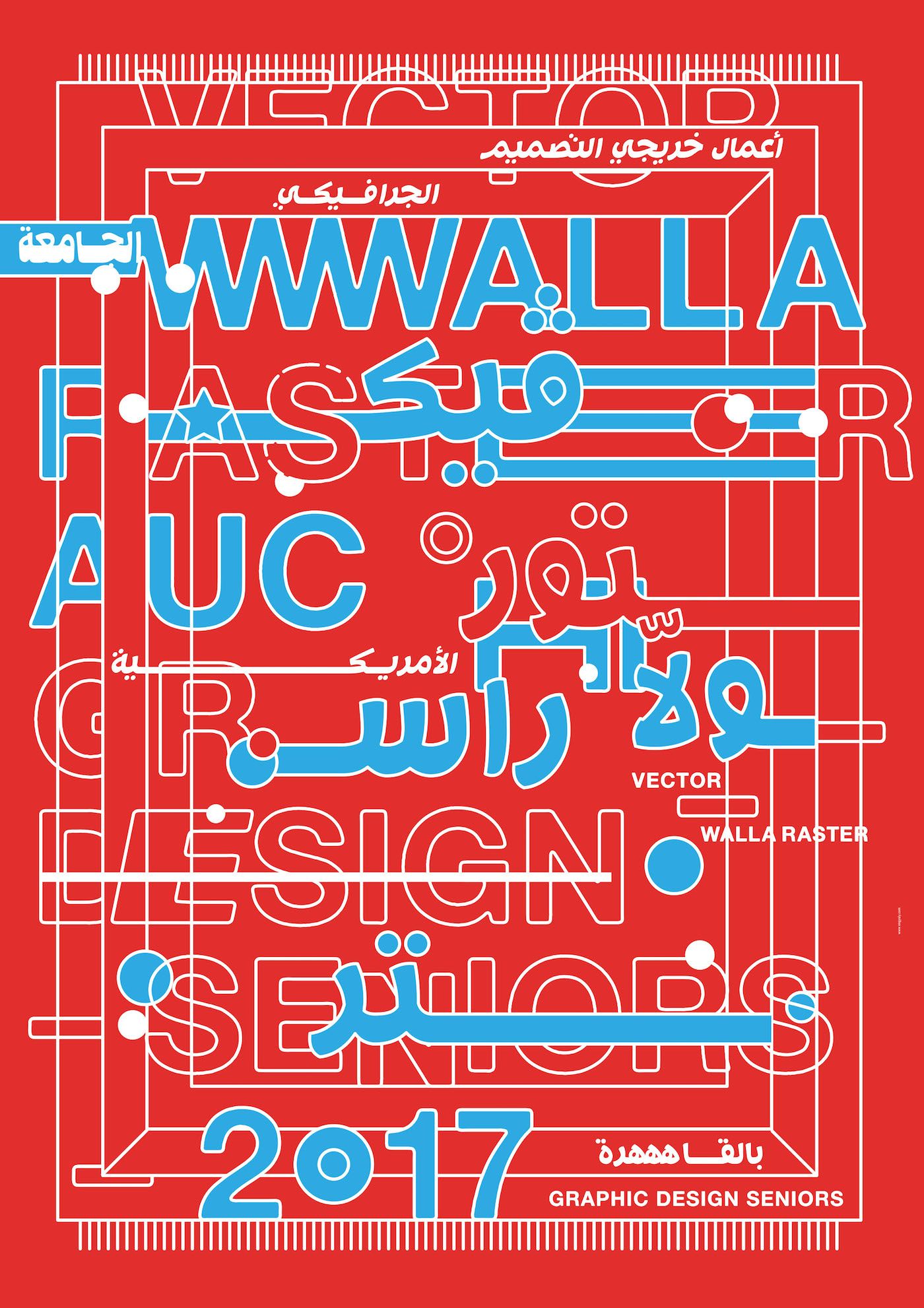
Cairo is home to Al-Azhar University, the world's second-oldest institution of higher learning, and has the largest number of schools and universities in Egypt. What is the quality of design education like in Egypt? Do most designers seek a formal degree, or are many self-taught?
I have to say I do not find the history of Al-Azhar to be relevant to this topic. Design education here is still somewhat limited but is developing quite rapidly, although I think not fast enough to accommodate the rising number of design enthusiasts. Both public and private design programs exist, but they offer a different perspective on design education. Although some of these programs are a bit conservative in their educational approach, many of the students find their own way and their own paths to self-development. Many good designers are self-taught or have come to design from a different career. I have only worked in the private universities, so I’m not that well informed with what the public ones currently offer. But a conversation between both sectors is much needed.
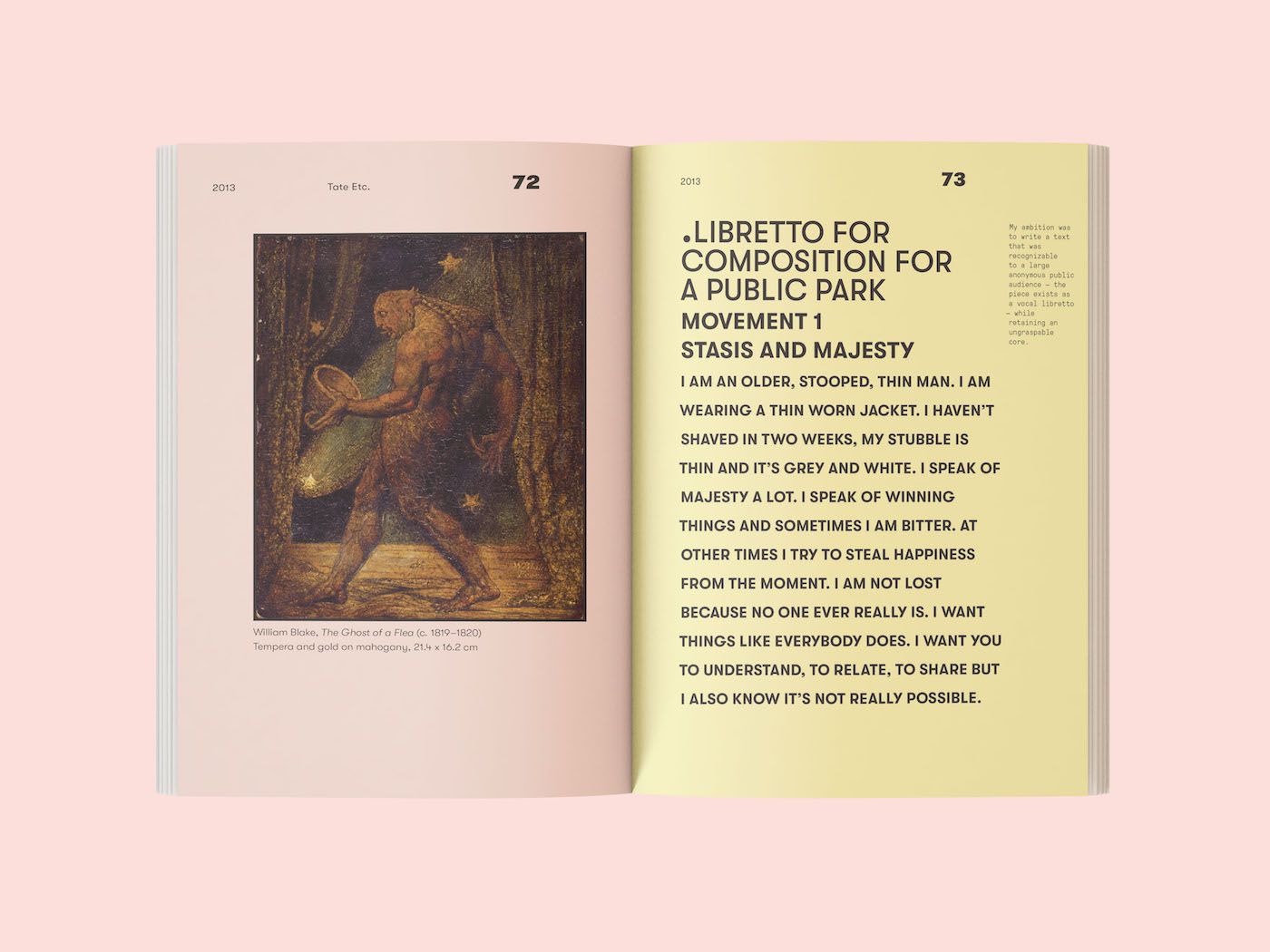
Thanks to the internet (and now with the pandemic on top), many designers are working for clients overseas remotely. How is it for you? Do you work mostly with local or overseas clients, or is it a mix?
I have mostly been working with a constellation of people from different places and backgrounds – for example a typical project could involve an Egyptian artist, a German museum, an Italian publisher and a Swiss printer all together. So we work in a diverse team that is located in at least two countries, two time zones. It’s great, though it means I work a lot of weekends. Between the local weekend and the European weekend, I end up working all the time! But I enjoy this open and rich connection. The challenge is usually production; I cannot always fly to see the work getting printed and I miss that somehow, being present for the production. But it ultimately works out. I’ve also done some work in the U.S. and a lot of work for Cairo-based individuals and institutions.

What impact does your social media presence have on getting new clients and self-promotion in general? What works best for you?
I’m not sure. As a Cairene female, you encounter constant harassment both in daily life and virtually, so I've decided to keep my main Instagram account private – to avoid attracting a lot of trolls.
Most of the work I get is based on clients coming across my work in person and being interested. I do not depend on my online presence, and maybe that’s why my website has been a work in progress for over ten years now (facepalm)!
"Our society is complex, layered and diverse, and real transformation has to be driven by changes in the whole structure."
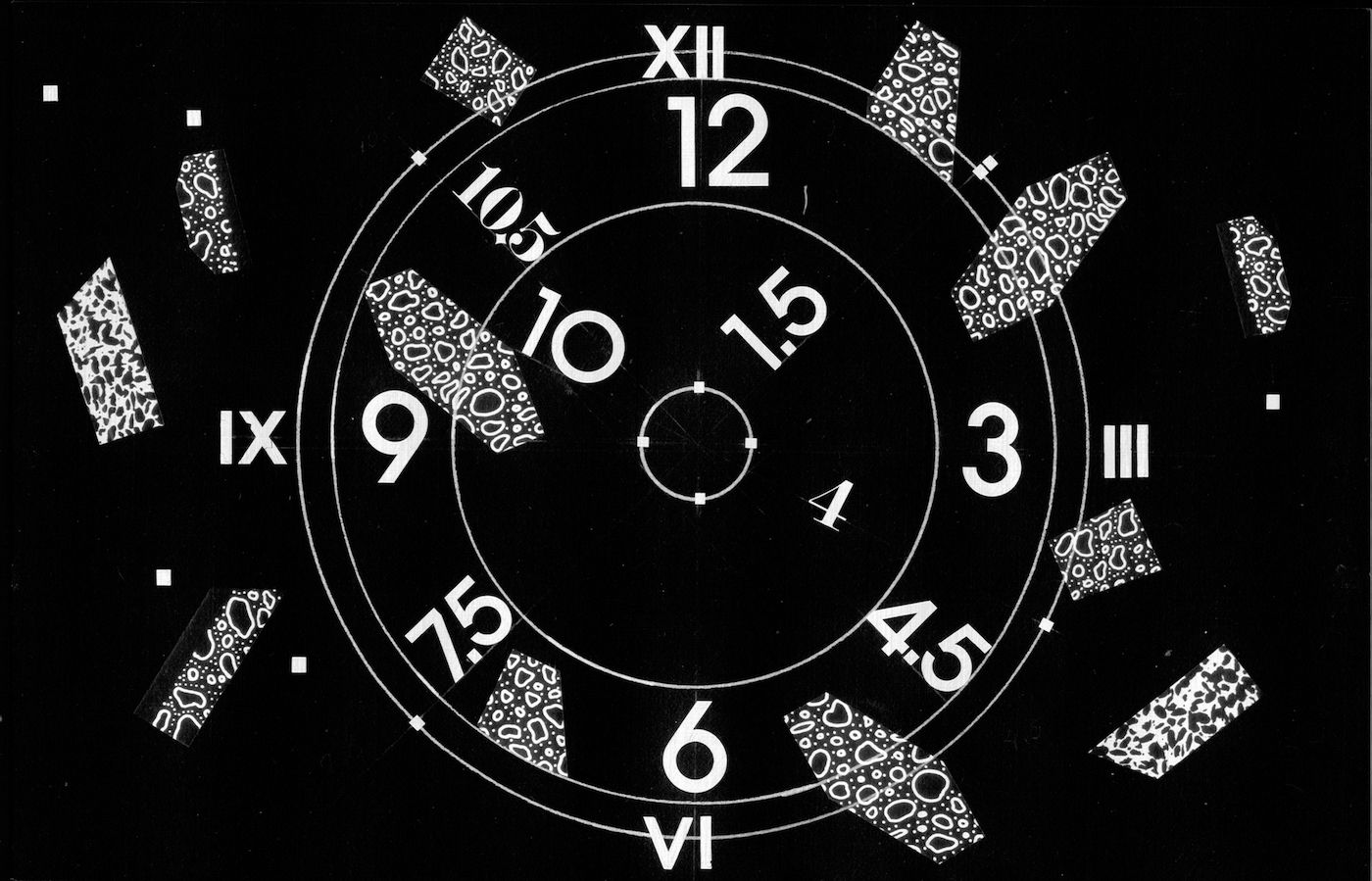
What does good design mean to you, and how do you see it impacting your country’s society as a whole? For example, I’ve read women’s rights are a big challenge in Cairo/Egypt (like many places in the world). Does design have a place in that conversation?
I don’t believe good or bad design can have an actually large impact on the country. Our society is complex, layered and diverse, and real transformation has to be driven by changes in the whole structure.
Women are quite present in design education, and I am quite happy with that. The TYPE Lab for example is a project initiated by women educators and hosts and highlights the role of women in type design and typography. There is a strong female presence in academia.

Sustainable design is increasingly a conversation in the design community. I know Cairo struggles with air and water pollution, due to the high density of people. Is environmentally conscious design an interest for designers in Cairo right now?
Yes, it is. But primarily in product design rather than in printed media.
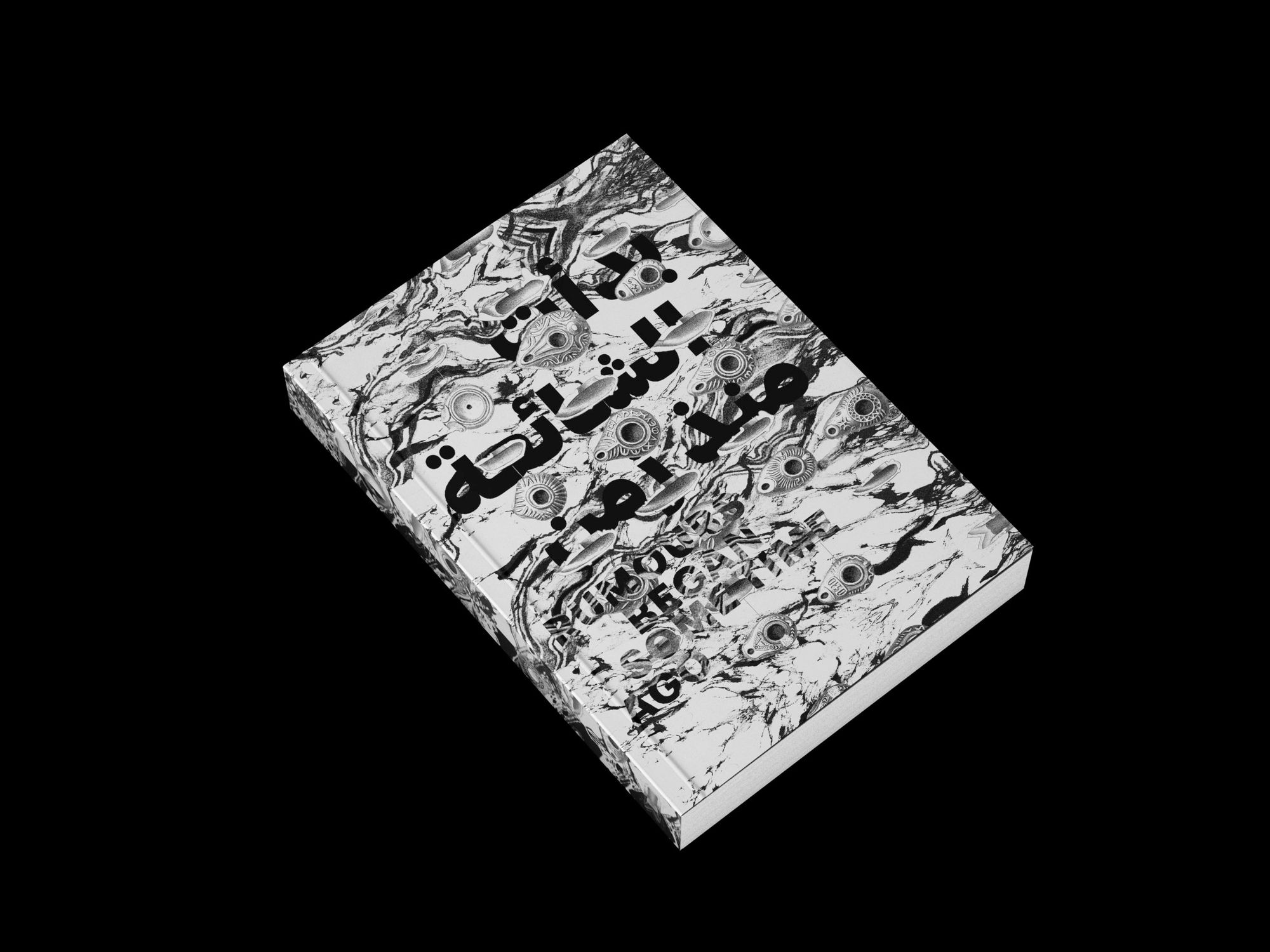
In your opinion, who are some of the top design studios or designers from Cairo/Egypt we should know about?
I am not comfortable making a list of "top" designers. I would rather make a non-comprehensive list, in no particular order, of interesting visual practitioners that are part of my scene. Here are some of the people whose work I enjoy a lot:
Nora Aly
Ahmed Hammoud (sometimes Nora and Hammoud work collaboratively)
Salma Shamel
Ramses Wissa Wassef produces amazing scenic tapestry that you could stare at for hours
Nelly El Sharkawy
Mostafa Youssef
Walid Taher
And platforms like:
AUC Type Lab
Cairobserver
100 BAP
The Archilogue
Some of the students that I have previously taught produce very admirable and bold work, including: Tasneem Tawheed, Salma El Kafrawy and many, many more.
__
Thanks so much for keeping it real with us, Engy! We learned a lot through this conversation and will be following to see how the visual culture, education and design continues to evolve in Egypt.
Read more
© 2021 House of van Schneider LLC
All rights reserved.
MORE ABOUT TVS
About DESK
Curated mixtapes
DESK partnerships
BECOME A FRIEND
Twitter
Dribbble
Instagram
We're sorry, our pandas couldn't find any articles
Why don't you take a look at popular topics like
Design, Productivity or Self-Improvement?

